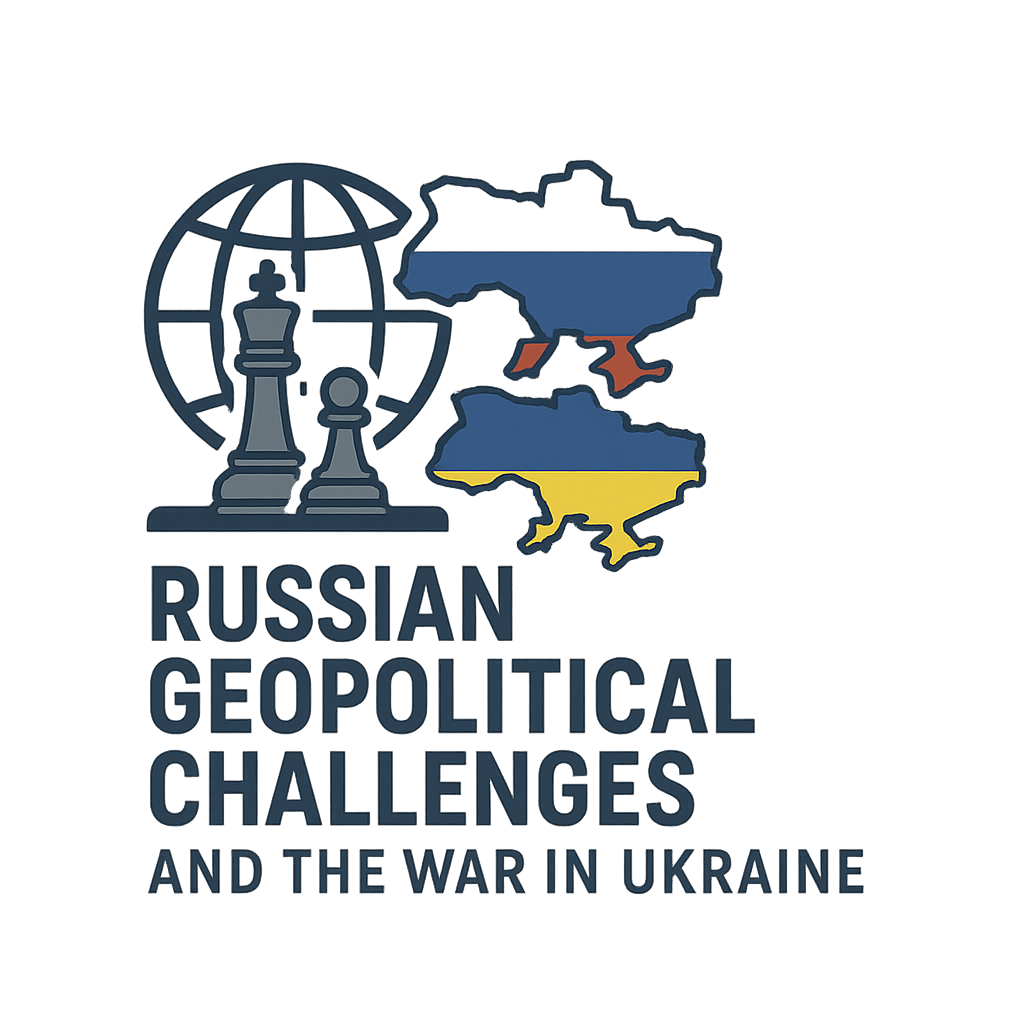The Architect of Decline: How Putin’s Imperial Dreams Are Dismantling Russia’s Future
Vladimir Putin launched his invasion of Ukraine with the grand ambition of “returning” the country to Russia, envisioning himself as the architect of a 21st-century Russian empire. Yet nearly two years into this costly war, the results paint a starkly different picture. It is one where Putin’s imperial dreams are systematically unraveling the very empire he sought to rebuild.
Far from intimidating the West into submission, Putin’s aggression has triggered the most significant rearmament of Europe since World War II. The invasion shocked European nations out of decades of military complacency, spurring unprecedented defense spending increases across the continent. Perhaps most symbolically damaging to Putin’s strategic calculus, traditionally neutral Nordic countries Sweden and Finland have abandoned their non-aligned status to join NATO, bringing the alliance directly to Russia’s doorstep.
Meanwhile, Ukraine itself has transformed from a nation caught between East and West into Europe’s most militarized state, armed with advanced Western weaponry and battle-hardened through nearly two years of conflict. Putin’s attempt to force Ukraine back into Russia’s sphere of influence has instead accelerated its integration into the Western world at a pace unimaginable before February 2022.
The financial toll of this imperial adventure is staggering. Russia is burning through the very investments needed for its future development, redirecting resources from critical infrastructure and emerging technologies like artificial intelligence toward tanks, armored personnel carriers, and landmines. The tragic irony is palpable. A nation with a legendary mathematical tradition that should have positioned it as a leader in the AI revolution is instead squandering its intellectual capital on instruments of destruction.
Even more devastating is the human cost. Russia’s younger generation — the demographic foundation of any sustainable empire — is being consumed in unprecedented numbers. The war has created a demographic catastrophe that will echo through Russian society for decades, hollowing out the very population base needed to sustain Putin’s imperial ambitions.
Putin’s weakened position has emboldened former Soviet states to assert their independence. Countries like Azerbaijan and Kazakhstan are seizing the opportunity presented by Russia’s distraction and diminished capacity to chart more autonomous courses in international affairs. The very imperial control Putin sought to reassert is slipping away across Russia’s traditional sphere of influence.
Perhaps the most strategically damaging consequence of Putin’s Ukrainian gambit is playing out thousands of miles from the battlefield, in Russia’s Far East. To fuel his war machine, Putin has drawn disproportionately on Far Eastern populations for military recruits, depopulating a region already facing demographic challenges. Simultaneously, his isolation from Western markets has forced Russia into ever-greater dependence on China. And this is a dependence that Beijing is leveraging to expand its own influence.
Chinese investment has flooded the Russian Far East, with over 53 Chinese companies operating across 18 advanced development territories and 22 ports, representing planned investments exceeding 816 billion rubles. This economic penetration is accompanied by a steady demographic shift, with Chinese residents concentrating in key urban centers and border regions from Vladivostok to Khabarovsk.
Chinese businesses are following Beijing’s established playbook for informal empire-building, focusing on infrastructure, ports, energy, manufacturing, agriculture, logistics, and forestry. The pattern is familiar from China’s Belt and Road Initiative elsewhere. Economic investment followed by demographic presence, creating facts on the ground that gradually shift the balance of influence.
The supreme irony of Putin’s Ukrainian adventure may be that in his attempt to prevent Ukraine from slipping into the Western orbit, he has not only accelerated that very outcome but potentially set in motion the loss of Russia’s Far East to Chinese influence. The demographic and economic trends now accelerating in the Russian Far East could, within decades, create a de facto Chinese sphere of influence stretching from Manchuria to the Pacific.
Rather than emerging as the tsar of a restored Russian empire, Putin may instead be remembered as the architect of its decline. His invasion of Ukraine, intended to demonstrate Russian strength and expand Moscow’s control, is instead fragmenting Russian influence, depleting Russian resources, and creating opportunities for rivals to expand their own reach at Russia’s expense.

